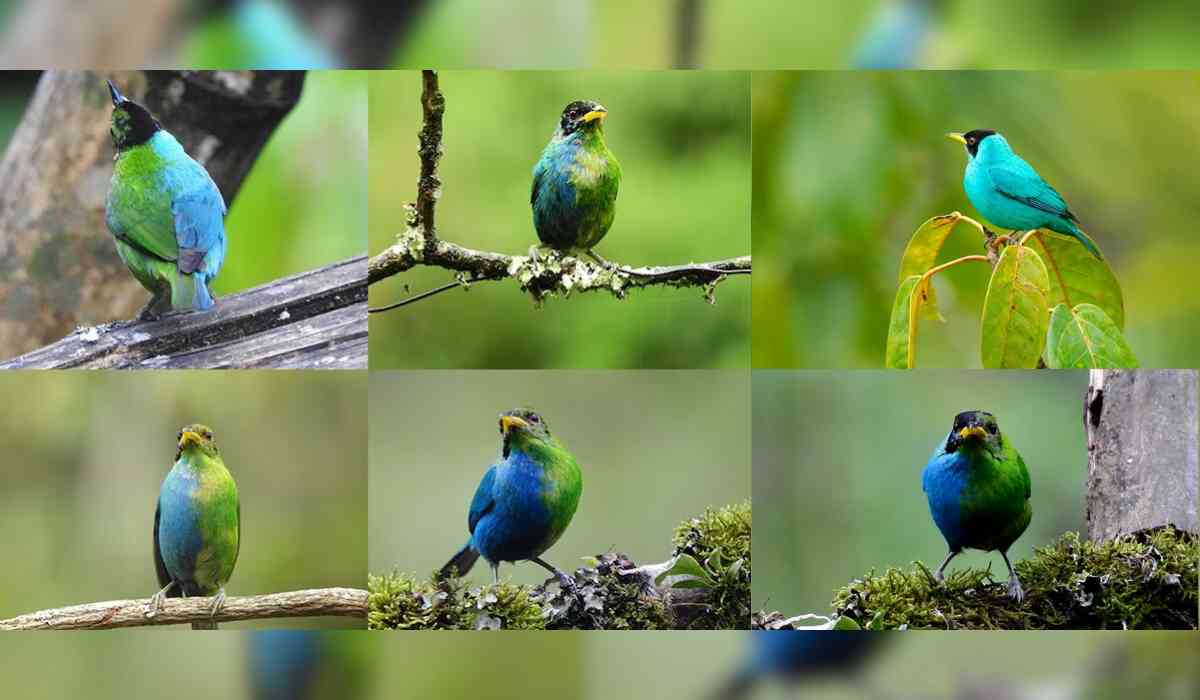In a rare and captivating discovery, a Green Honeycreeper (Chlorophanes spiza) has stunned observers with its unique appearance, sporting male plumage on one side of its body and female colouring on the other. This astonishing find marks the first documentation of such a bird in over a century, echoing a similar sighting from long ago.
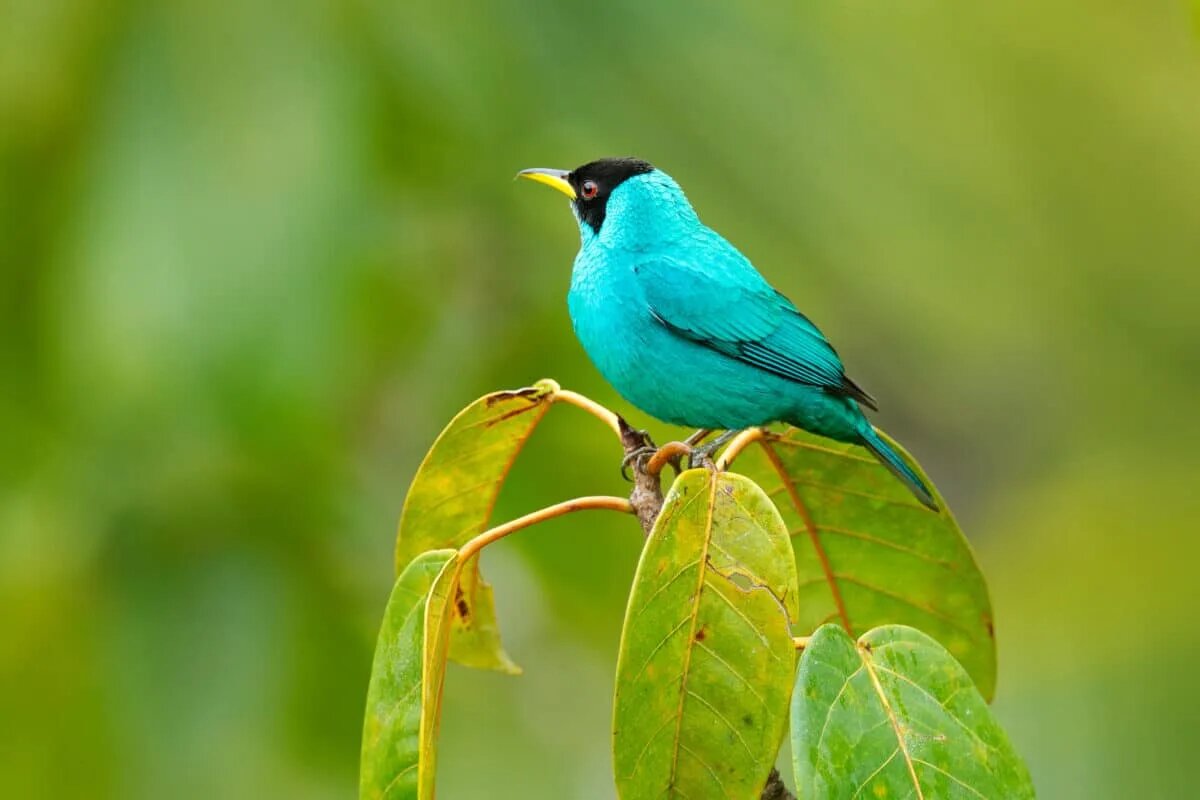
Half-Male, Half-Female Avian Marvel:
This remarkable avian specimen boasts an eye-catching combination of aqua-blue and yellow-green feathers, starkly divided down the middle of its body. Unlike typical male honeycreepers characterized by bright blue hues and black-headed features, or the uniformly grass-green females, this individual stands out with its striking duality. Amateur ornithologist John Murillo was the fortunate observer of this peculiar creature, encountering it at a bird-feeding station nestled within a small farm situated in a nature reserve near Manizales, Colombia.
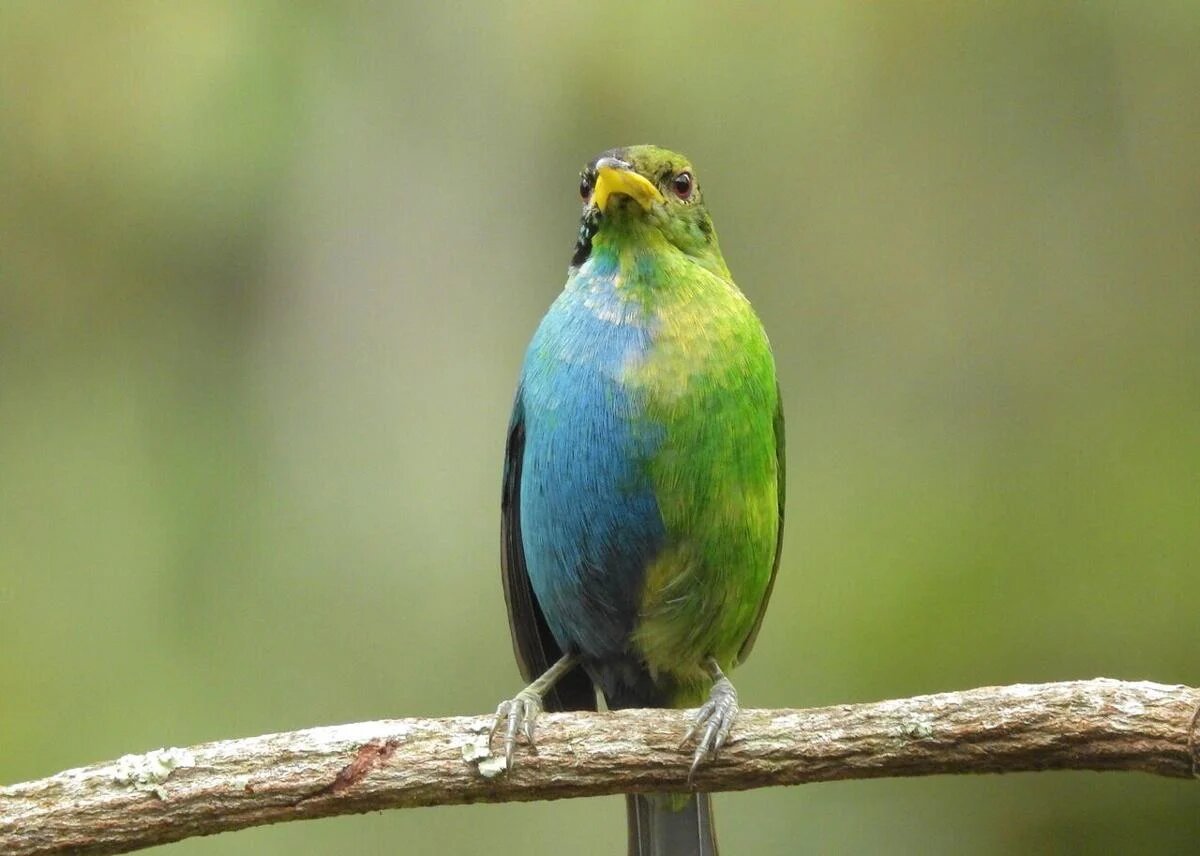
Discovery and Encounters:
Murillo's keen eye spotted this exceptional avian inhabitant, prompting him to bring it to the attention of zoology professor Hamish Spencer from the University of Otago in New Zealand, who happened to be holidaying in Colombia at the time.
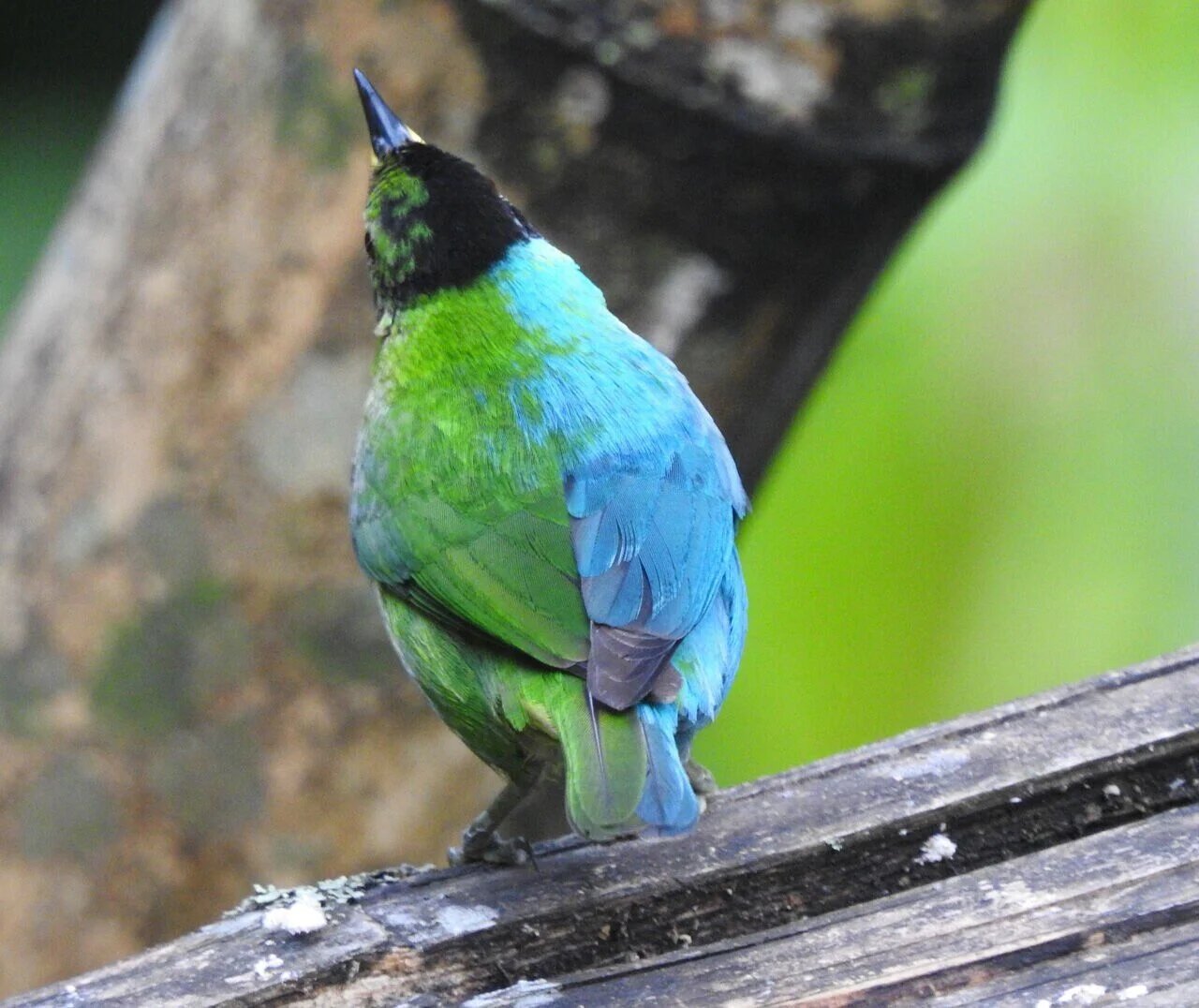
Understanding the Color Divide:
The distinct colour partition observed in this bird finds its explanation in bilateral gynandromorphism, a phenomenon witnessed across various species including stick insects, chickens, lobsters, butterflies, songbirds, and spiders. In birds, this rarity is believed to stem from a cellular division error during egg creation, allowing for fertilization by two different sperm. Professor Spencer highlights the exceptional rarity of encountering such birds, remarking on the infrequency of this phenomenon among avian species.
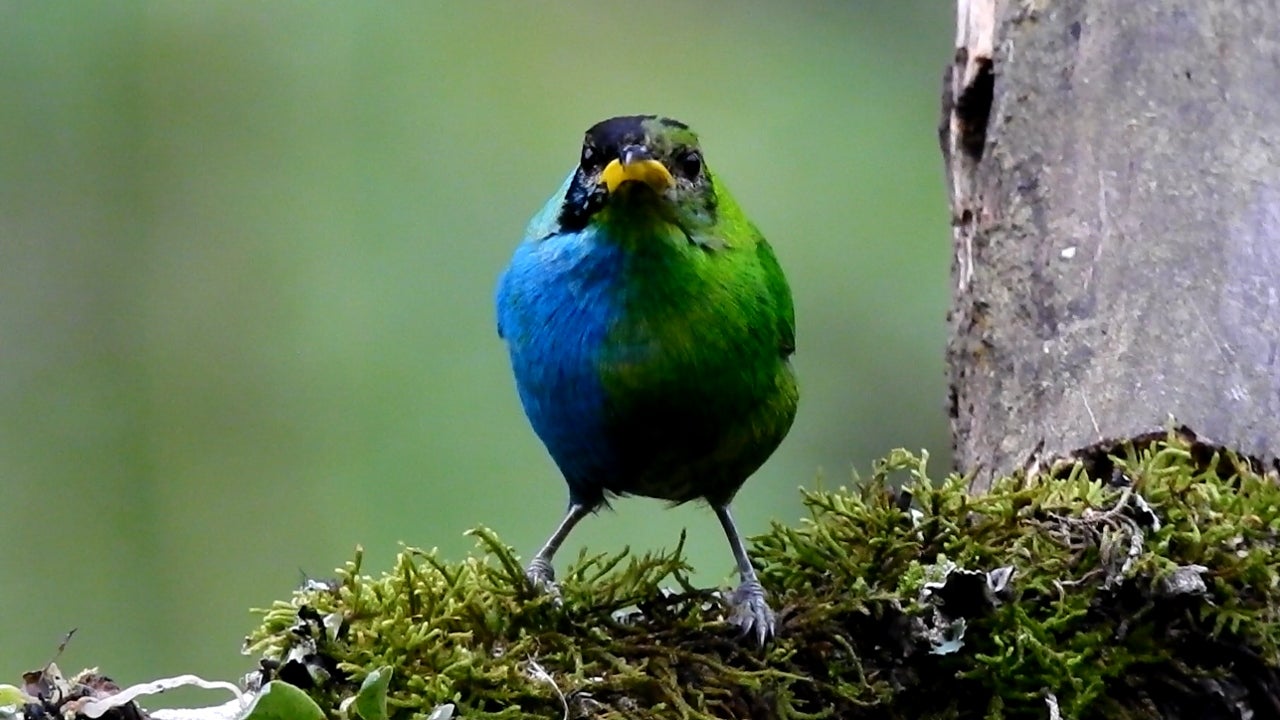
Behavioural Insights and Mystery:
Intriguingly, the bird's documented behaviour revealed intriguing patterns. It frequented the bird-feeding station over 21 months, regularly returning to consume fruit and sugar water provided by the farm owners. However, its presence was intermittent, spanning periods of 4-6 weeks followed by an absence of 8 weeks.
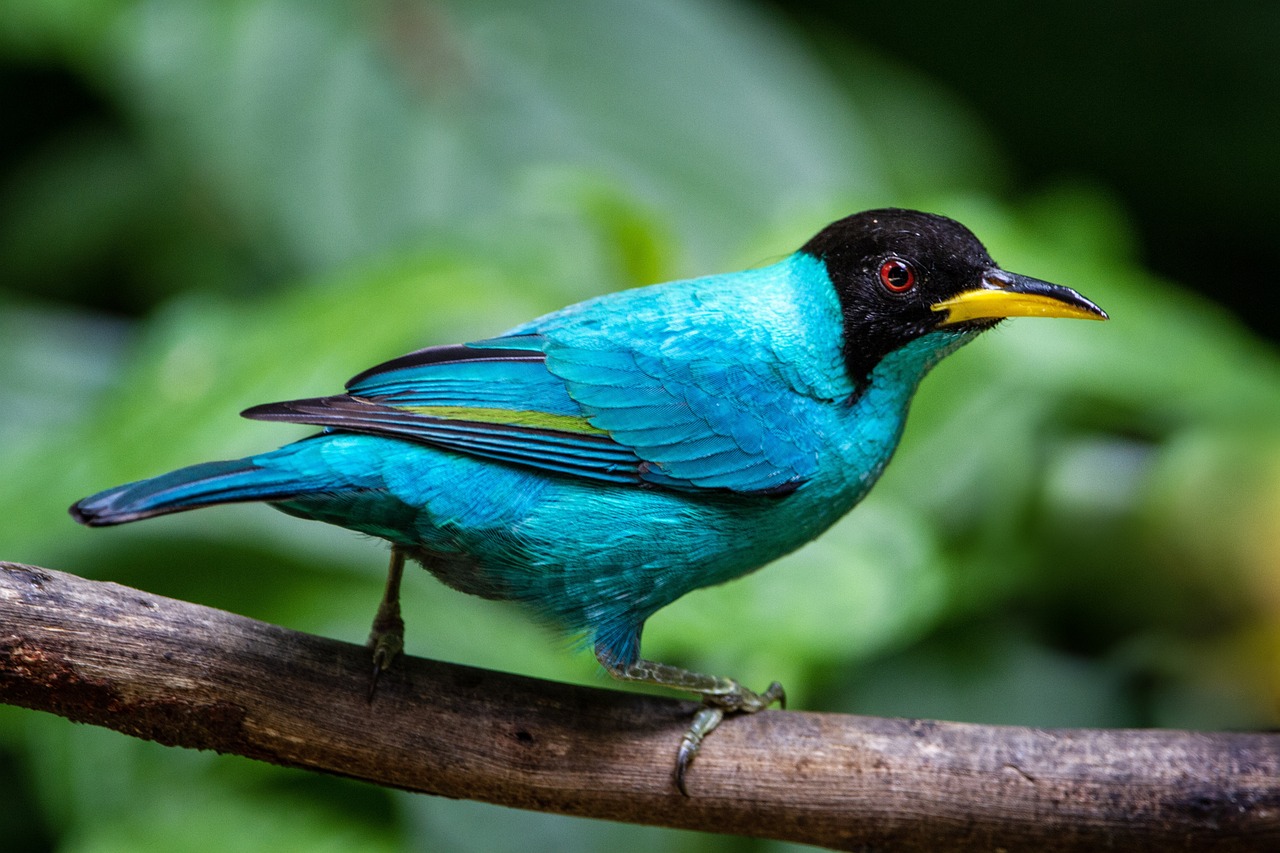
Additionally, it displayed a tendency to wait for other birds to depart before approaching the station. Researchers noted the bird's avoidance of its counterparts, while other birds seemed to steer clear of it as well.
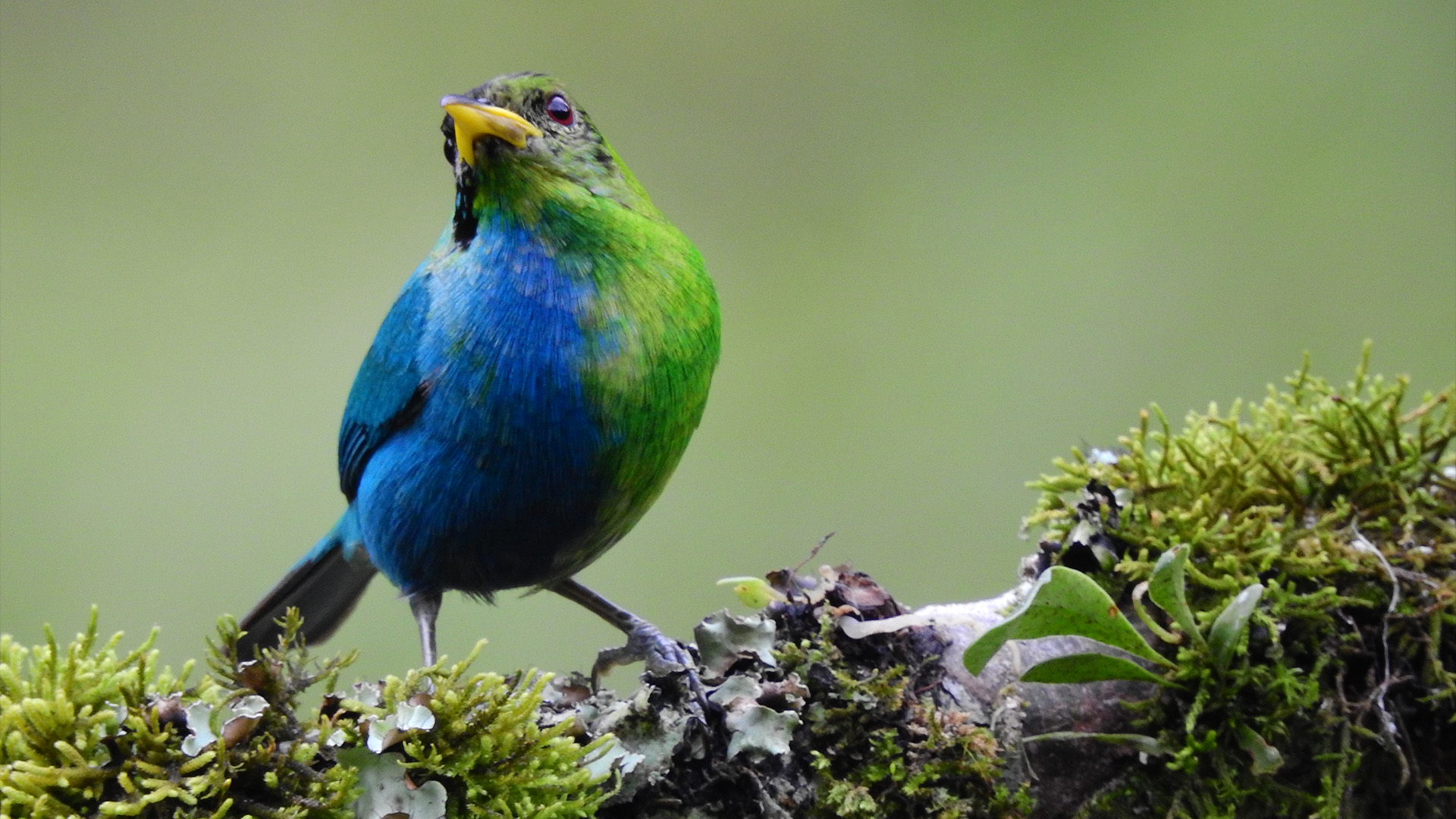
Consequently, the prospect of reproductive opportunities for this individual appears improbable. Furthermore, owing to the absence of sex hormones in birds akin to humans, the bird's internal organs likely mirrored the dual female-male division, a facet impossible to confirm through mere observation.
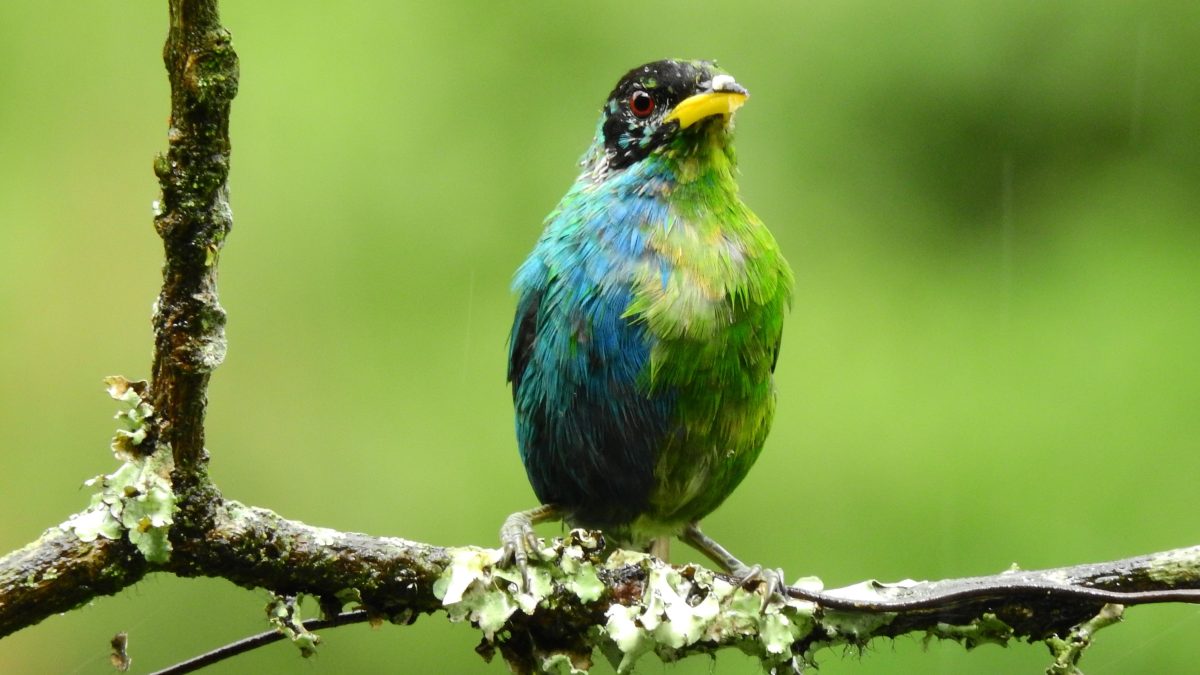
The ethereal appearance and behaviour of this green honeycreeper underscore the captivating mysteries that the avian world continues to unveil, inviting further awe and curiosity among ornithologists and nature enthusiasts alike.
© Copyright 2023. All Rights Reserved Powered by Vygr Media.

